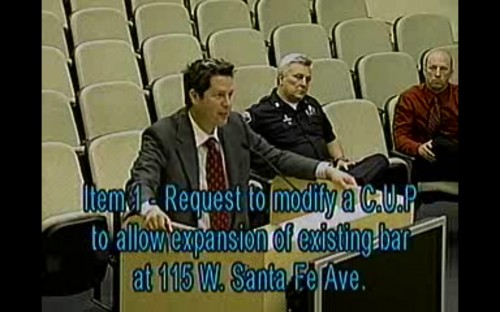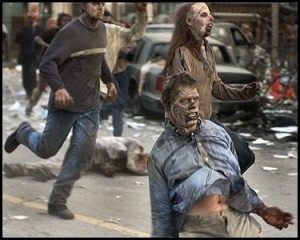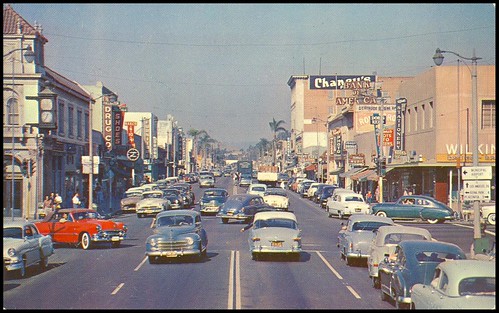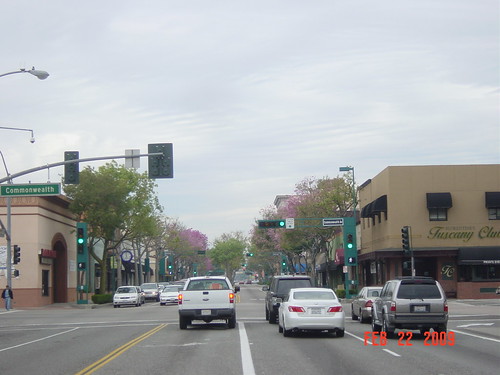
Police Captain Greg Mayes is calling for the Planning Commission to prohibit the serving of bottled liquor at local speakeasies. Unfortunately for responsible bars like the Continental Room, this new rule against “bottle service” will eliminate high-end customers from local bars, making plenty of room for the get-drunk-for-cheap crowd that Fullerton cops love to hate.
Continental owner Sean Francis made a strong case to the Planning Commission for allowing him to continue serving $200 bottles of alcohol to the look-at-me crowd. Although he probably could have drawn enough favor from the commission to pull off a coveted exemption from the rules, Mr. Francis took the high road and continues to push for a policy that would allow other bars to restore bottle service too.
It’s been a long time since Prohibition was repealed, and it still seems silly to attempt to force it upon careful bar owners and responsible patrons. This new policy is a misguided attempt to curb obnoxious activity that is actually perpetrated by the low budget crowd who would never pay for bottle service, but will now fill our bars even more.
Fighting, public urination and drunk driving are already illegal. Why can’t the police crack down on activity that directly harms others, rather than creating more laws that only inhibit law-abiding customers?
Fullerton’s drunks will always find a way to get wasted with or without bottle service. The Planning Commission should not penalize responsible citizens and business owners for crimes they did not commit.



